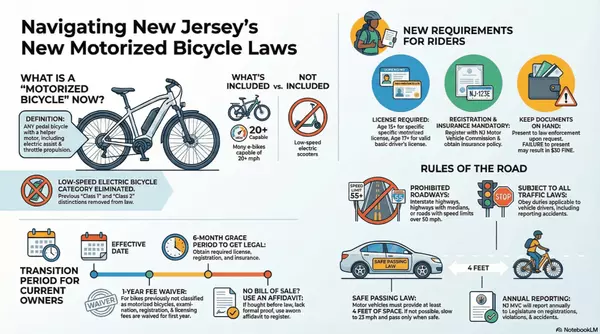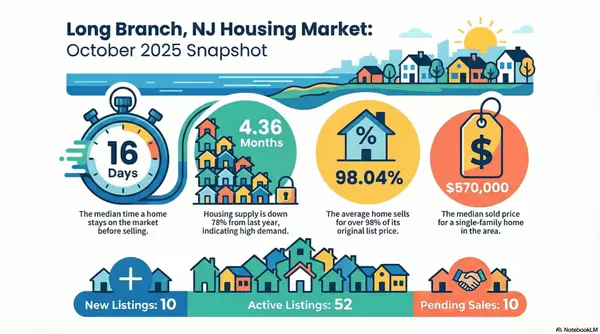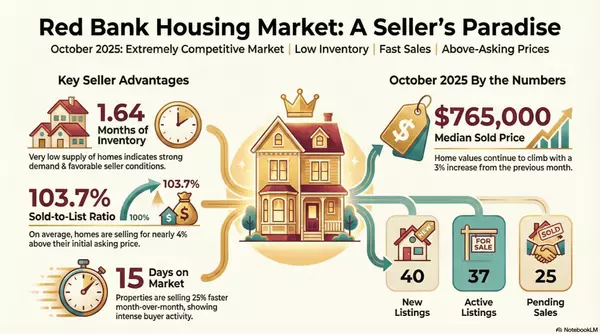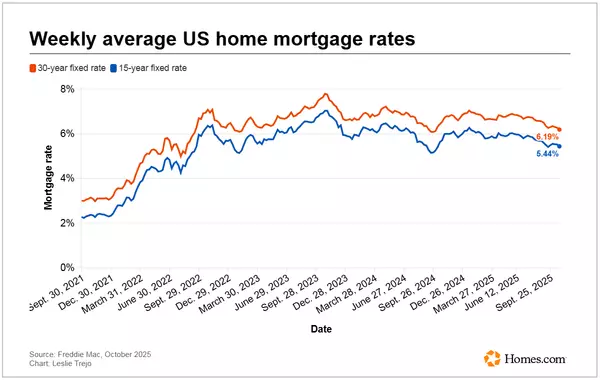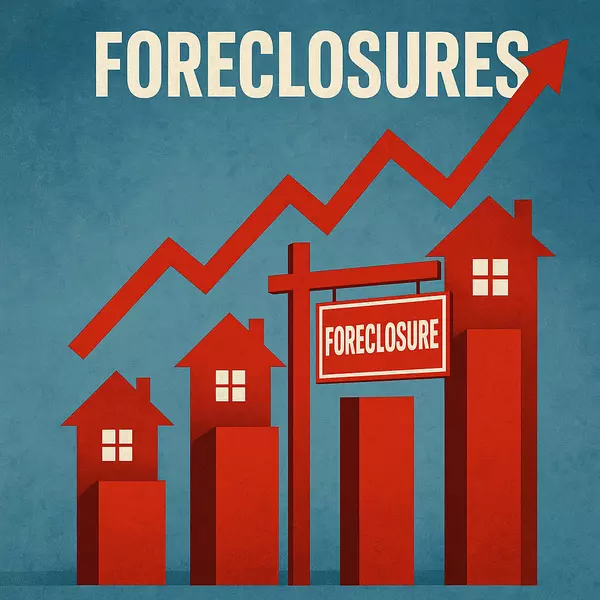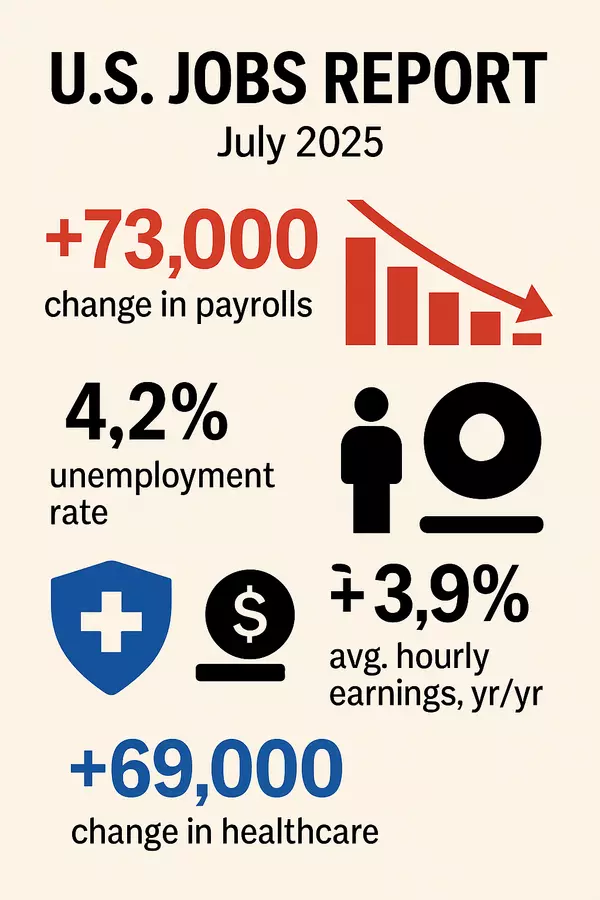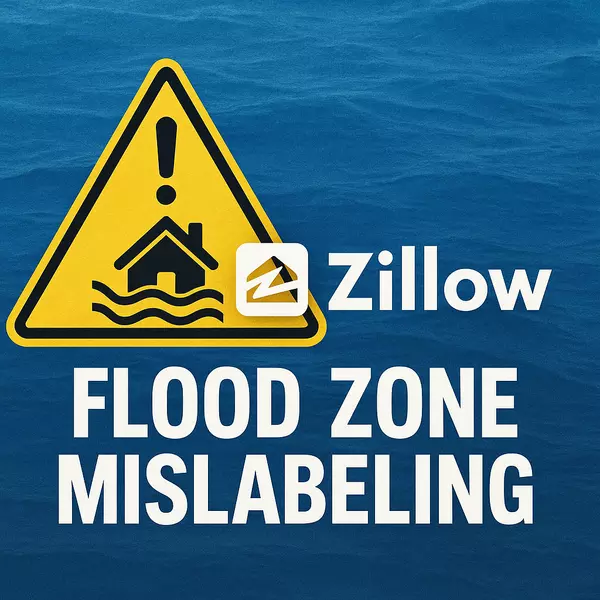Zillow’s Climate Risk Labels Under Scrutiny: When Flood Zones Are Mis Labeled
Zillow’s Climate Risk Labels Under Scrutiny: When Flood Zones Are Mis‑Labeled
🌍 A New Era of Climate Risk Data
In fall 2024, Zillow rolled out a “climate risk threat score” on all U.S. for‑sale listings—spanning flood, wildfire, wind, heat, and air quality categories—based on data from First Street Technology (theverge.com, investors.zillowgroup.com, sfchronicle.com). These tools are marketed as helping buyers understand long‑term hazards and insurance needs—especially flood risk, which affects approximately 12–13 % of listings as “major” flood risk (zillow.com, zillow.com, morningbrew.com).
⚠ When Flood Warnings Don’t Add Up
Yet hundreds of homeowners and agents report inaccurate flood risk scores on homes that have never flooded and aren’t in FEMA-designated flood zones:
“Zillow is showing a flood risk factor of 8/10. I checked the FEMA flood plains map and I am not in one… The house sits up on a hill... so I am confused…” (reddit.com, reddit.com)
“We close in … two days. Zillow and Redfin now show a flood rating of 6/10 despite all other sources showing minimal risk… The house is not on a floodplain. FEMA rating is X… Both state and county flood maps do not show the house to be at risk.” (reddit.com)
The Reddit community strongly criticized the accuracy of Zillow risk data:
“Flood Factor is complete crap… he has the house I’m under contract for listed as a ‘9/10’ flood risk and says there’s an 18% chance it floods this year… per the FEMA flood maps it’s also not a risk.” (reddit.com, reddit.com)
📉 Why This Can Hurt Sellers
Zillow’s own market research shows that homes with extreme flood risk scores tend to sell more slowly and often at a discount compared to initial list price. In New Jersey, high-risk flood homes sold 3% below list price versus 3% above for low‑risk listings (zillow.com). Mislabeling a property could thus literally damage its market value.
🔍 Why Errors Happen: Model Limitations
Experts point out that First Street’s national-level models often lack local nuance—such as terrain, elevation, drainage systems, or structural flood mitigation. A White House advisory team called property-level climate risk models “questionable quality,” and Bloomberg found different models agreed on only ~5% of properties (heatmap.news, heatmap.news).
Local flood managers familiar with terrain and infrastructure usually offer more precise insights than aggregated national models (heatmap.news).
🛠 Correcting the Record: What Homeowners & Agents Can Do
If you believe a listing is labelled incorrectly:
- Contact Zillow directly—either via Listing Management (if from MLS) or submit a listing issue report (justanswer.com, content.edgar-online.com).
- Reach out to First Street Foundation using their data dispute forms on the company website (justanswer.com, content.edgar-online.com).
- Use formal dispute letters or complaints—some agents recommend sending demand letters or complaints to Zillow’s legal or media team, or even filing an FTC complaint if property value is impacted (justanswer.com).
🧠 Buyers: Proceed Cautiously, but Don’t Panic
Here’s expert advice when you see a high-risk flag on Zillow:
- Treat it as a starting point, not the definitive answer.
- Verify via FEMA maps, county or state GIS data, and consult local flood authorities when possible (heatmap.news, heatmap.news).
- Consider flood insurance even if the risk seems overstated—it may still be prudent. Experts note: many flooded homes fall outside FEMA zones, and Zillow would’ve recommended flood insurance in up to 85% of those cases (heatmap.news, investors.zillowgroup.com).
✅ Bottom Line
Zillow has made climate risk data far more accessible—and in many cases, that's a good thing. However, when flood flags don’t align with FEMA or local records, red flags go up. Homeowners, agents, and buyers should double-check any risk label, especially flood ratings, before letting it influence listing strategy or purchase decisions. And if a score seems wrong, there are documented steps to request corrections or challenge the data.
Recent Posts
